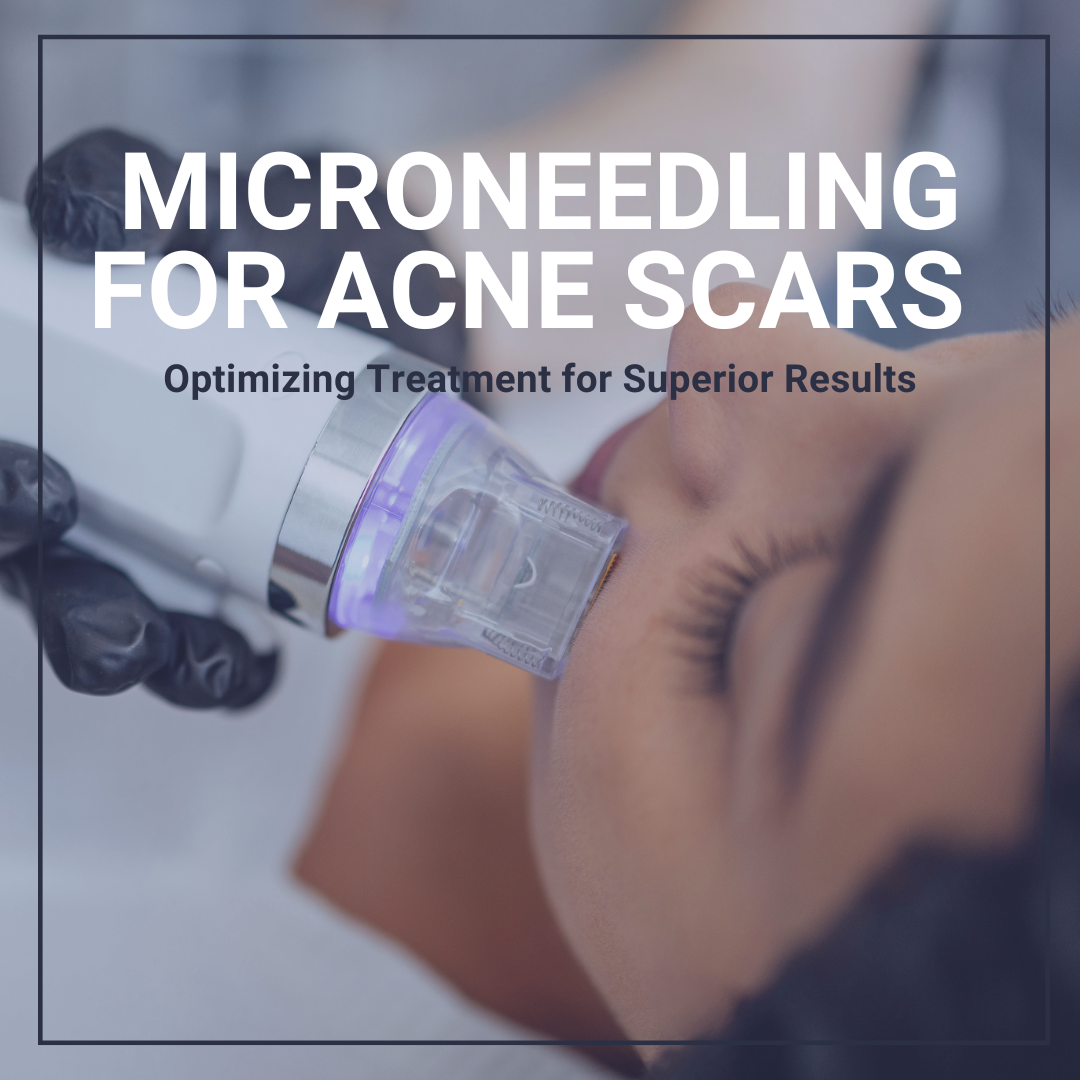Microneedling has emerged as a highly effective, minimally invasive technique for treating acne scars, revitalizing its status in dermatology through recent innovations. Unlike more aggressive treatments like laser resurfacing and deep chemical peels, microneedling offers significant advantages, particularly in terms of faster recovery (typically 2-3 days) and reduced risk of complications, even for individuals with darker skin tones.
Mechanism of Action and Benefits
Microneedling works by disrupting the compact collagen bundles within scar tissue in the upper dermis while preserving the epidermal barrier. This process stimulates the production of new collagen and elastin through the inflammatory response, supported by the release of cytokines and growth factors. Additionally, the microchannels created during treatment facilitate the transdermal delivery of beneficial substances such as vitamins, hyaluronic acid, and platelet-rich plasma (PRP), further enhancing the cosmetic outcome.
Compared to laser treatments, particularly ablative lasers, microneedling causes less thermal damage and perilesional necrosis, leading to shorter recovery times and a lower incidence of side effects.
Versatility and Applications
While primarily used for acne scars, microneedling has also been applied successfully to treat other types of scars, such as surgical, post-traumatic, and burn scars. It has shown promising results in addressing skin photoaging, fine lines (rhytides), and, in rare cases, conditions like striae distensae (stretch marks) and skin laxity.
Key Considerations for Successful Treatment
Pre-Treatment Preparation
Topical anesthesia is critical for patient comfort during microneedling. Typically, a cream containing 2.5% lidocaine and 2.5% prilocaine is applied under occlusion for 60-90 minutes. In cases of more severe scarring, a 30% lidocaine cream may be used for shorter periods without occlusion. Some practitioners opt for a self-occluding anesthetic mixture (7% lidocaine and 7% tetracaine) for 30-60 minutes due to its efficacy and safety profile.
Technical Aspects
The choice of device—manual roller (“dermaroller”) or electric-powered pen (“dermapen”)—depends on the treatment area. Dermarollers are better suited for larger areas, while dermapens offer adjustable speeds, making them ideal for smaller, more delicate regions. Needle selection is also crucial; thinner needles (30-32 G) of 1.5-2 mm length are commonly used for acne scars, with longer needles (2.5-3 mm) reserved for deeper scars.
Post-Treatment Care
Proper post-treatment care is essential to avoid complications such as dyspigmentation, granulomas, or further scarring. Common post-treatment symptoms like erythema, edema, and pain typically resolve within 2-3 days. Applying gels containing hyaluronic acid, vitamins, or PRP daily, along with a high-SPF sunscreen, can optimize healing and improve outcomes. The best results often become apparent after multiple sessions, spaced at four-week intervals, with full collagen remodeling assessed several months after the final treatment.
Combining Microneedling with Other Treatments
Microneedling can be combined with other aesthetic procedures like lasers, peelings, and fillers to enhance results, especially in severe cases of acne scarring. However, these combinations should be approached cautiously, particularly in darker skin tones, due to the increased risk of complications. The most effective combinations involve the use of fillers like PRP, with other treatments being introduced after a sufficient recovery period from microneedling.
Conclusion
Microneedling remains a first-choice treatment for acne scars across all skin types due to its high efficacy, safety, and minimal recovery time. By adhering to standardized protocols before, during, and after treatment, dermatologists can achieve optimal aesthetic outcomes, reserving the combination of microneedling with more traditional therapies for the most severe cases.
SOURCE
Minutilli, Ettore. “Microneedling for Treatment of Acne Scars: Considerations on the Successful Management of This Aesthetic Procedure.” Journal of Drugs in Dermatology: JDD 23.3 (2024): e79-e80.
Did you enjoy this article? Find more on Aesthetic Dermatology here.

